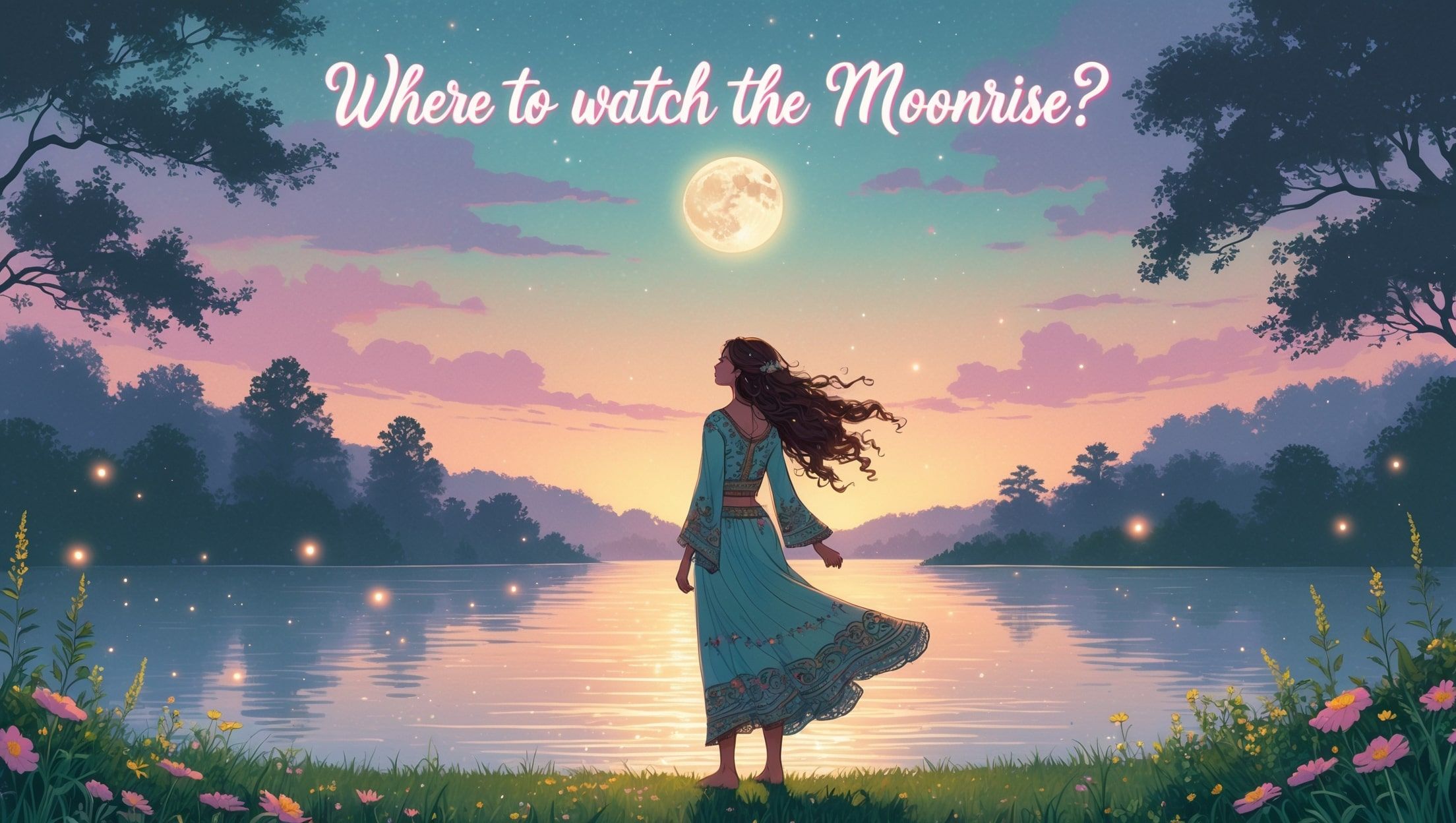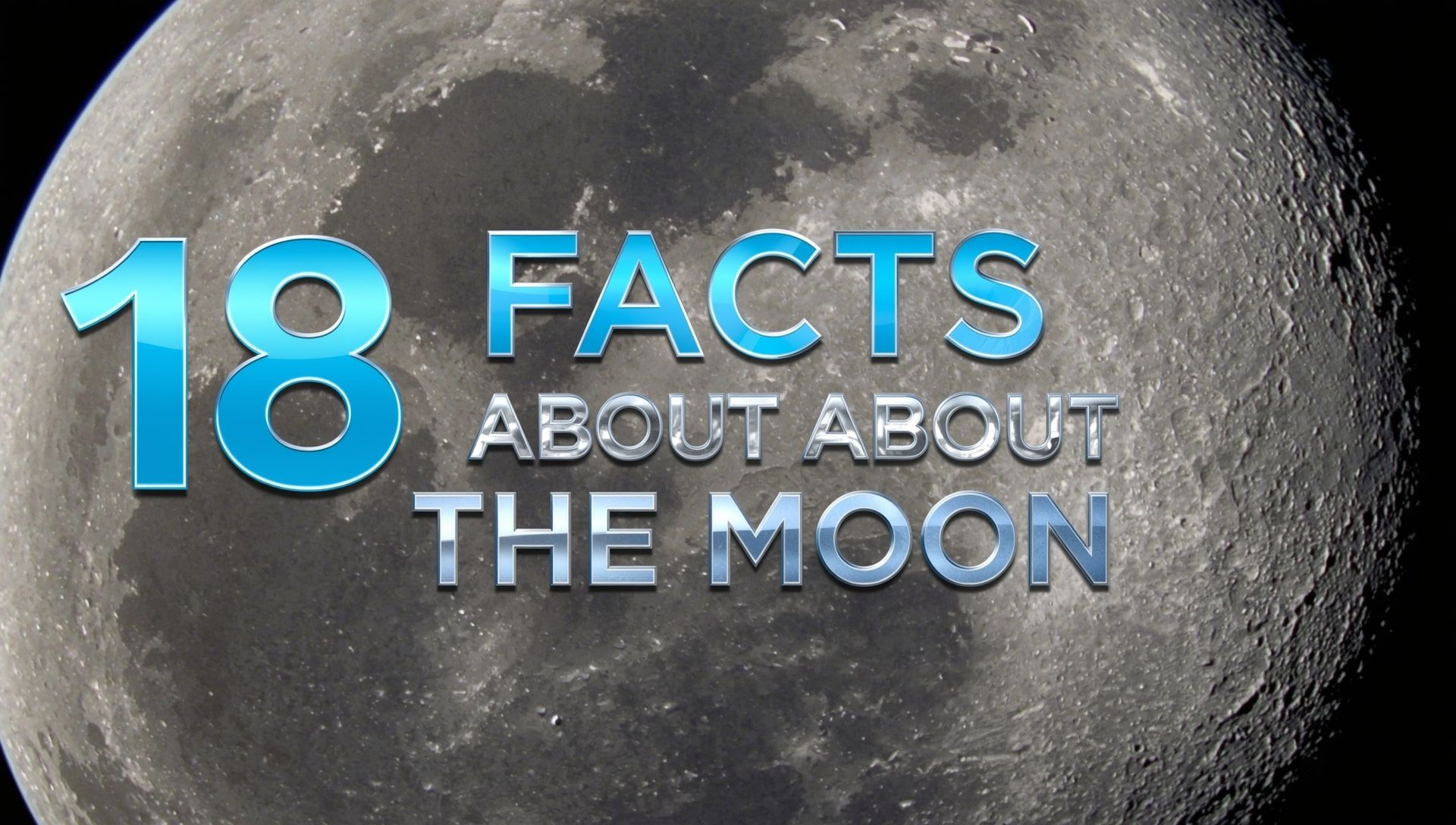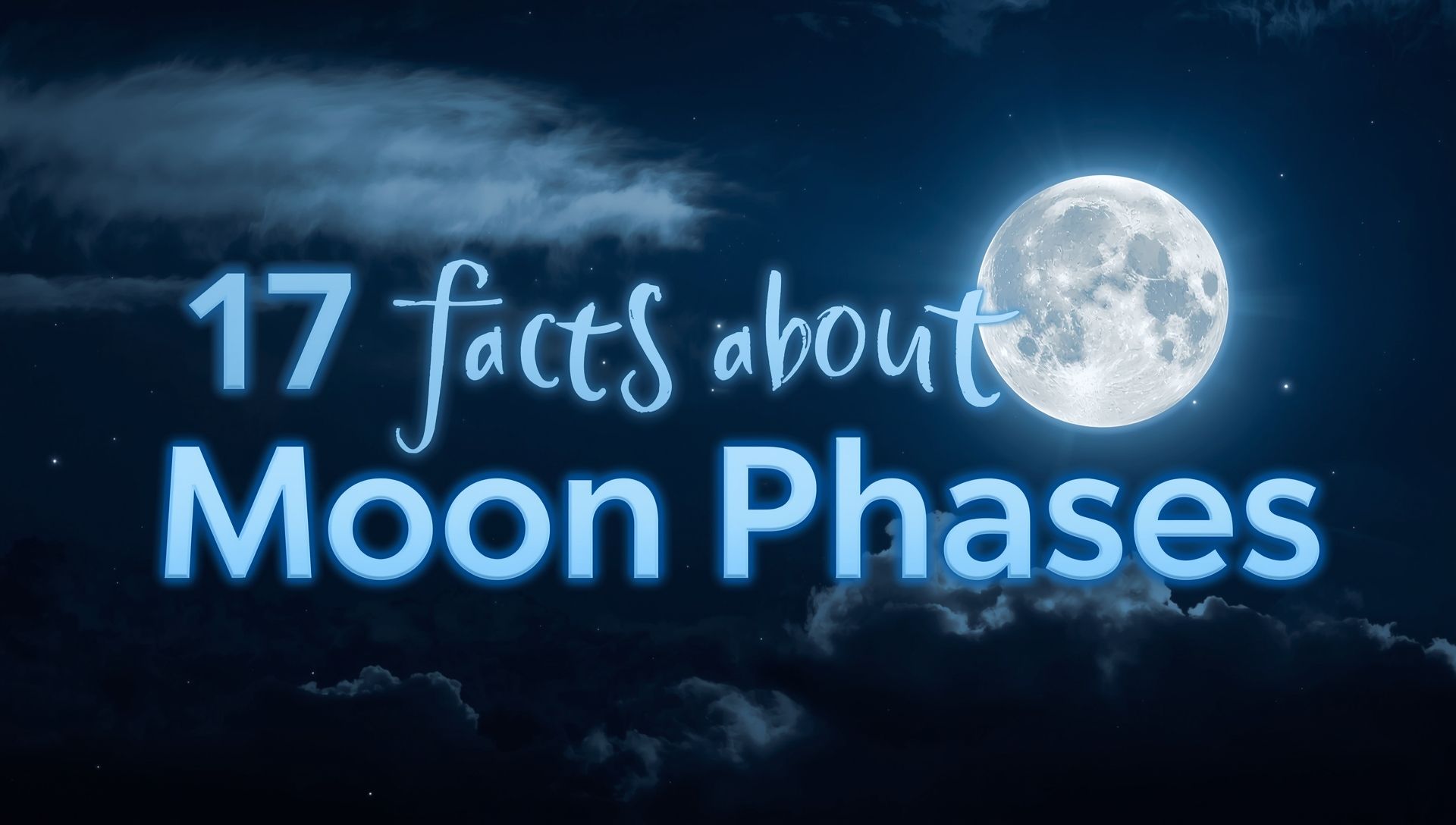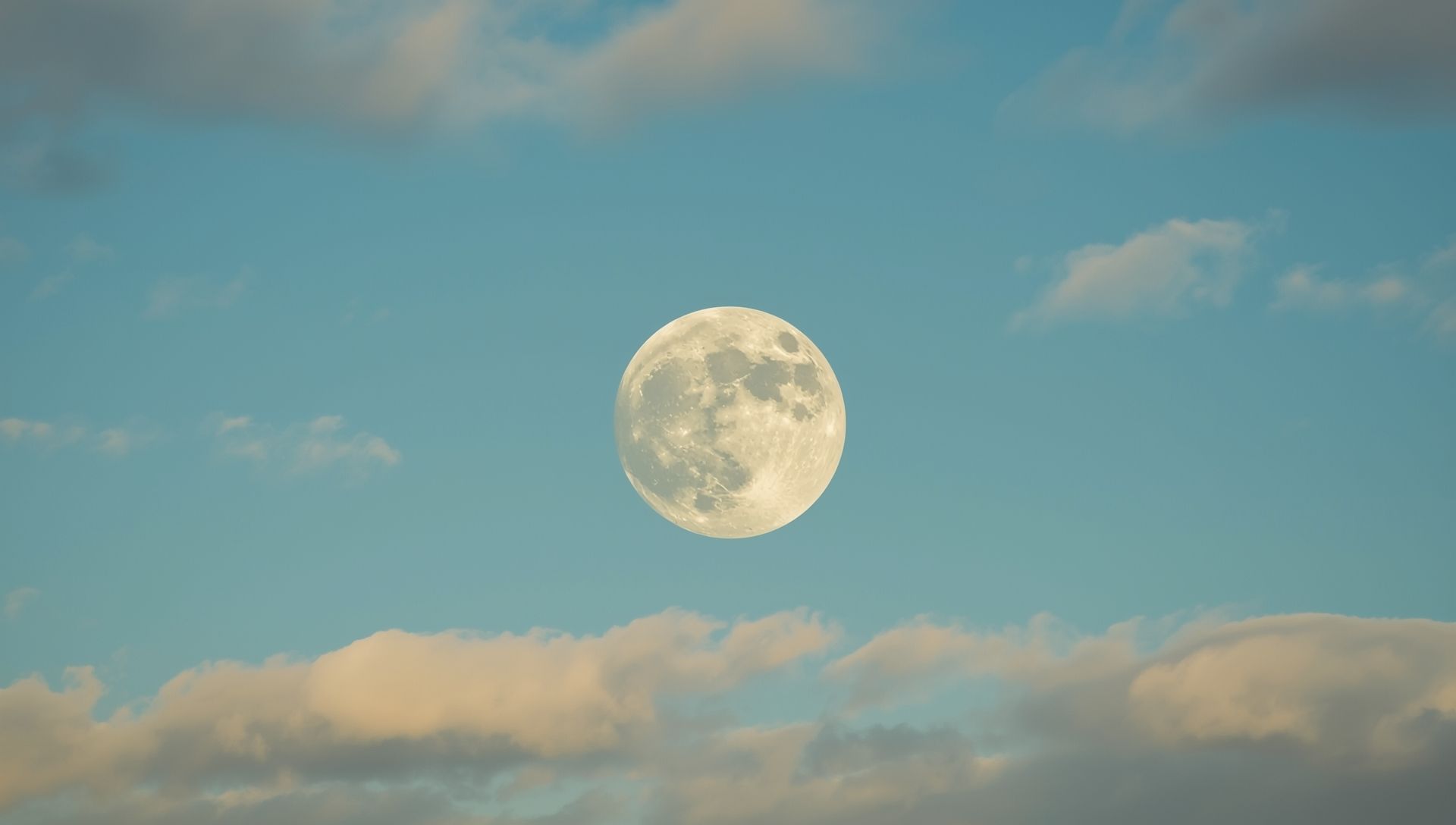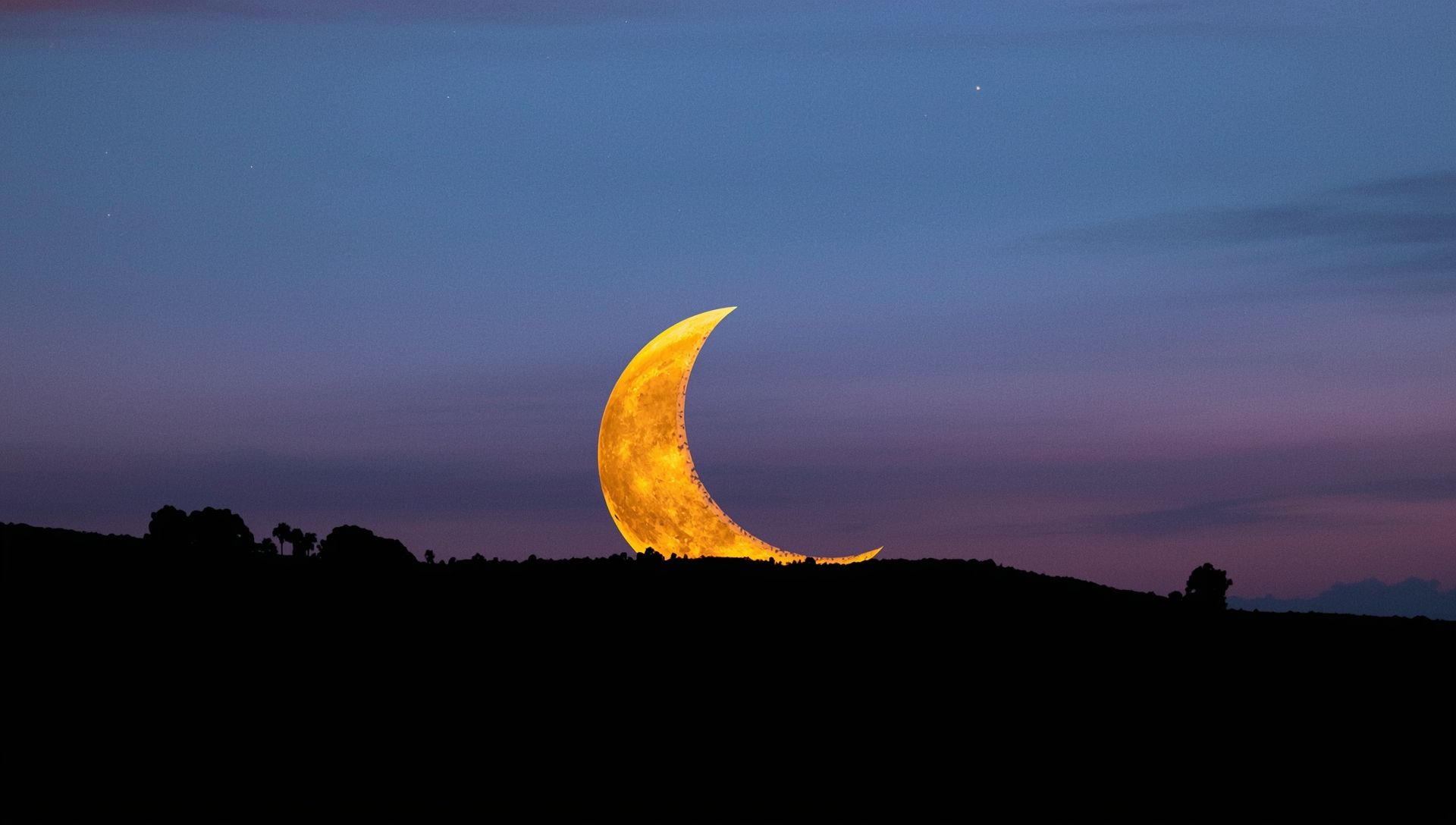The Moon rising above the horizon is one of those quiet moments that somehow feels bigger than it is. It’s simple. It’s slow. And it’s surprisingly moving. But catching it isn’t always easy if you don’t know where to look.
Why the Spot Matters
The Moon rises in the east, but not every east-facing place works. Trees, buildings, or hills can block your view. You need a wide, open line of sight. The earlier phases of the Moon often rise during daylight or twilight, so darker skies help it stand out more. You can use a global time zone map to see how timing might shift depending on where you are.
Best Kinds of Locations
To actually see the Moon rising, the direction isn’t the only thing that matters. Your elevation, surroundings, and even the weather can change everything. The goal is simple: open sky, minimal obstacles, and a bit of patience.
Great Places to Catch It
- Beaches: Wide horizons and no tall buildings make oceanfront spots perfect.
- Hilltops: Even a small rise in elevation clears your view for miles.
- Farmland or open fields: Flat terrain offers little in the way of obstructions.
- Eastern-facing overlooks: Lookouts that face east are made for moments like this, especially if you use a world clock to compare rise times across locations.
- City rooftops: If you're in a city, find a safe rooftop or upper-floor balcony with an eastern view.
Timing It Just Right
The Moon rises roughly 50 minutes later each day. Full Moons rise right around sunset, which makes them easier to catch. Other phases might rise in daylight, which can make them harder to see. Use a time converter or app to get the exact time for your spot. Then head out a little early. Watch the sky shift colors. Then keep your eyes on the horizon.
Making It Worth Your While
Where you watch from changes everything. The Moon always rises, but whether you notice it, whether it stirs something in you, depends on your view. You might even plan around holidays or special events to make the moment more memorable. Find your spot, bring someone if you want, and let the sky do the rest.
